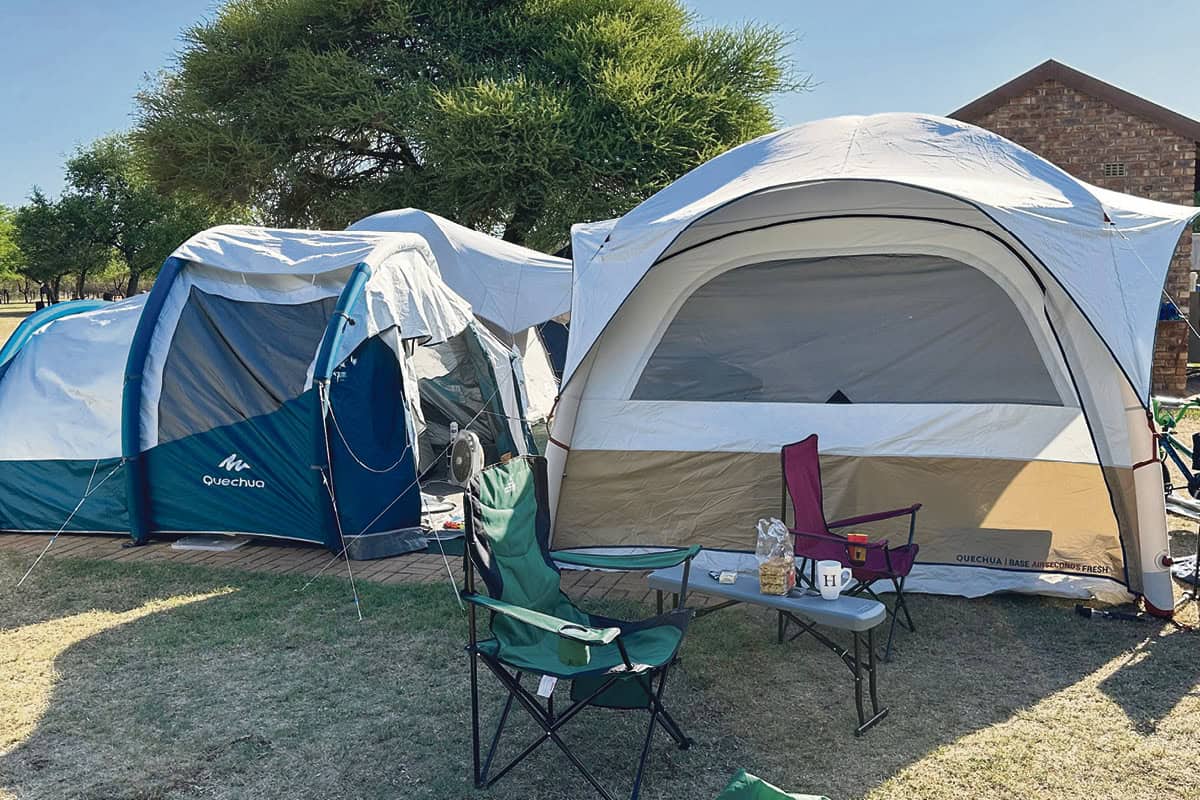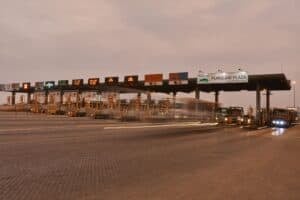The ABC of camping!

It doesn’t really matter when you start camping, but whenever you do, it’s impossible not to fall in love with it.
There is something about being in nature, which feeds the soul. And camping in a tent, roughing it slightly without giving up the 21st century, is just what the stress ball ordered to unwind properly.
But prospective campers beware: it’s not a cheap exercise. Done properly though, it’s affordable and more fun than you’d ever have expected.

ALSO READ: Camping makes kids come alive
Choosing the right tent
First, you must figure out sleeping arrangements. Buying a tent is probably the most important decision. It can be deceptive, and purchasing the wrong tent can spoil the experience from the get-go.
Shop around, not just for price, but importantly waterproofing, ease of setup and most of all – space. Do not believe salespeople when they suggest a four-person tent for four. It’s way too small.
Manufacturers seem to think that four smallish humans, sardined side by side in the sleeping area, means that the tent fits four adults. It just is not practical. Add at least one sleeping person to however many you are. So, for a couple, buy a four-person tent. A family of four, go for a six sleeper. You will not regret it.
Sticking with tents. Poles and setup can be complicated. Buy from a store where the sales staff would be willing to show you the how-to, and to mark the sequences of the poles. Learn it, sticker them.
Tentco in Boksburg is a fantastic manufacturing outlet. There, you can buy whatever you need for camping, from gazebos to crockery and lighting. Down the road, Outdoor Warehouse, also great on price, is a one-stop kind of store and reasonably priced.
But there is another option. Inflatable tents. It sounds bizarre but, in all practicality, it ended up being a sound decision. The sporting store Decathlon sells Quechua tents. It’s easy to inflate, doesn’t take too much sweat and cuts set-up time in half. Instead of poles, the frame is inflatable, and it’s tough.
So far, my tent has been through hailstorms, heavy showers, and strong gusts of wind with no damage, no leaking. And price-wise it compares favourably with traditional tents.

Setting up your camp space
Next, start shopping for a gazebo or living area. Again, buy for space, because inside you need to fit a few chairs (in case of inclement weather) and at the very least a trestle table where your stove and drinks can be stowed.
Beneath it, a cooler box, a camping fridge, cutlery and crockery, glasses and whatever else you need to store. Don’t opt for a garden-type gazebo but invest in a second spacious tent.
There are inflatables available at Decathlon or poled options with brands like Tentco and Natural Instinct offering high quality and variety. If you have kids, invest in a bit of extra space, and acquire a small pop-out tent too, big enough for them to spend some toy-time.
Make sure you buy a pack of spare tent pegs. They are like socks and disappear. Ground sheets are essential as camp sites require these. Also, if it rains, it keeps a bit of soggy mud away from you.
Buy two mallets for hammering in pegs, his and hers. Invest in a small drying rack for airing out clothes or drying costumes. A small wardrobe, either inflatable or poled, is also recommended.
For sleeping, self-inflating mattresses won’t break the bank. Otherwise, raised stretchers also do the job. Spend a bit more on camping chairs because cheapies tend to collapse after a one too many plonk-downs with an ice cold beverage.

Staying comfortable and organised
Then, there’s how to keep stuff cold and fresh. Tentco sells an incredible cooler box that keeps drinks chilled for at least two days. Snowmaster camping fridges, available either at the company’s Isando showroom or in retail, are fabulously useful.
Pack your perishables inside it, power it up in the car’s power socket and later, at the camp site. When selecting a camping fridge, just like with a tent, go a bit larger than you think you might need.
By this time, your bill would be around R30 000. But it’s not over yet…
Light is important, and both at Tentco and Outdoor Warehouse there are some great practical options for camping. Make sure you get both mains and battery-operated options, because while most campsites have power outlets these days, outages could land you in the dark or, for that matter, loadshedding if it returns. That’s about another R1 500 if you go top of the range.
Now, you’ve got the basics. Next time comes the check list and, unbelievably, the cut-down list — because camping is addictive, and the temptation to accumulate way too much stuff is very real.

NOW READ: Waves, walks, wrecks and wine St Francis is an Eastern Cape gem






